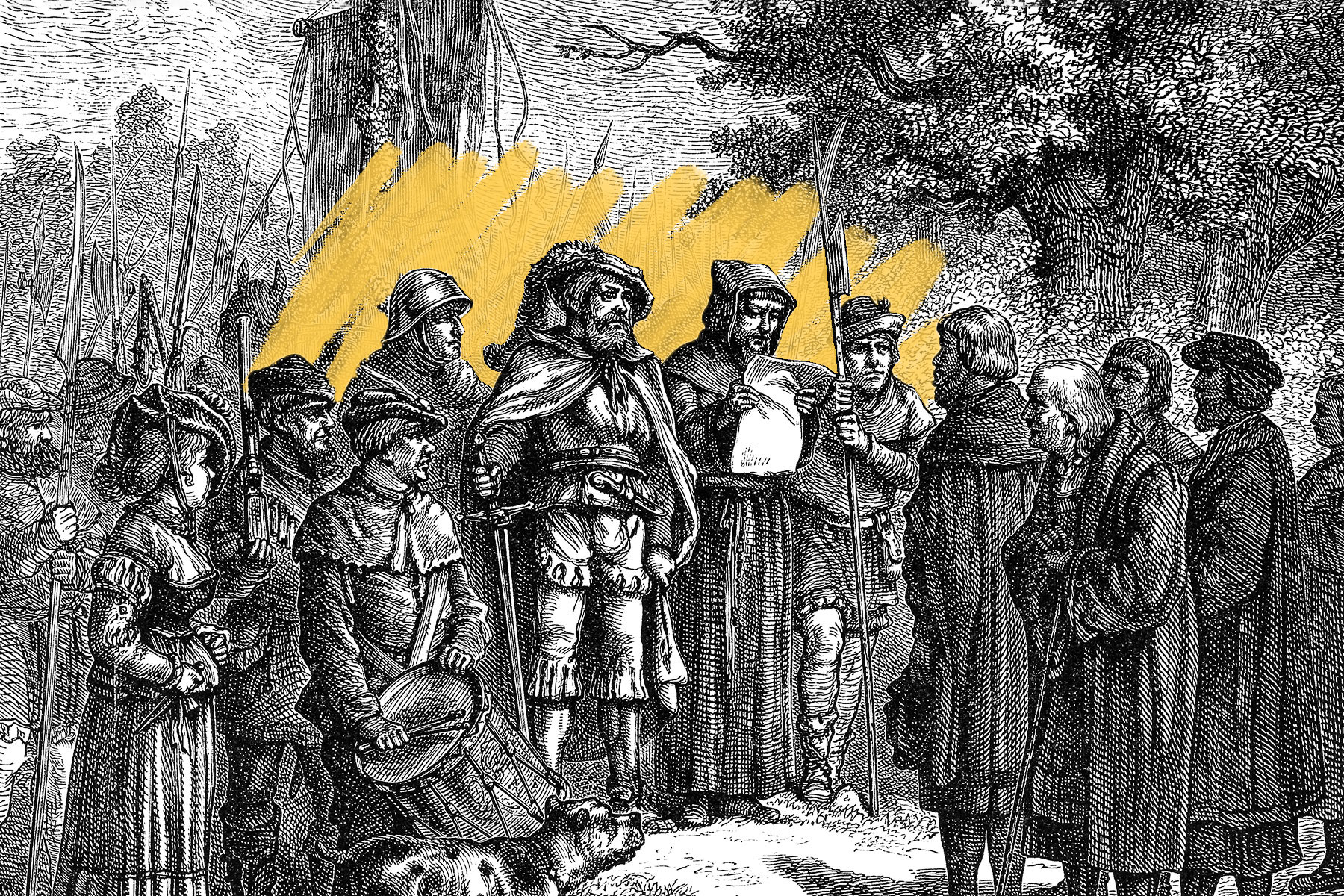The Hundred Years’ War was actually 116 years long.
Anyone who’s watched the TV series Succession or Game of Thrones knows that bad things tend to happen when an aging ruler is without a clear heir. Yet both of those fictional conflicts look positively quaint next to the Hundred Years’ War, which was actually 116 years long. Lasting intermittently from 1337 to 1453, the conflict has its roots in the 1328 death of Charles IV of France, who went to the grave without a son. His first cousin succeeded him as King Philip VI, much to the chagrin of Edward III of England and his supporters — as the late king’s nephew, Edward was a closer blood relation and many considered his claim stronger. However, an assembly of French barons declared that the throne should pass to a native Frenchman instead, which eventually led to a century-long clash.
France was considerably more powerful at the time, with the strongest military and deepest pockets in all of Western Europe, but a series of early victories by the scrappy English prolonged the war far longer than initially expected. The war, which historians divide into three distinct phases (Edwardian, Caroline, and Lancastrian), was an intermittent affair that finally ended in a French victory after the Battle of Castillon. Though this was the last military conflict of the Hundred Years’ War, England and France were technically at war with one another until the Treaty of Picquigny was signed in 1475. The Hundred Years’ War is a catchier name than the 116 Years’ War (or the 138 Years’ War), however, so it’s easy to see why it stuck.















